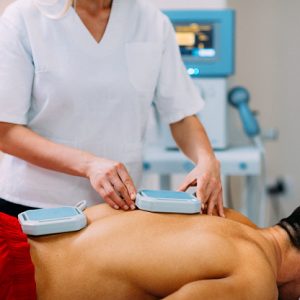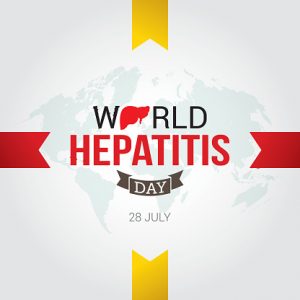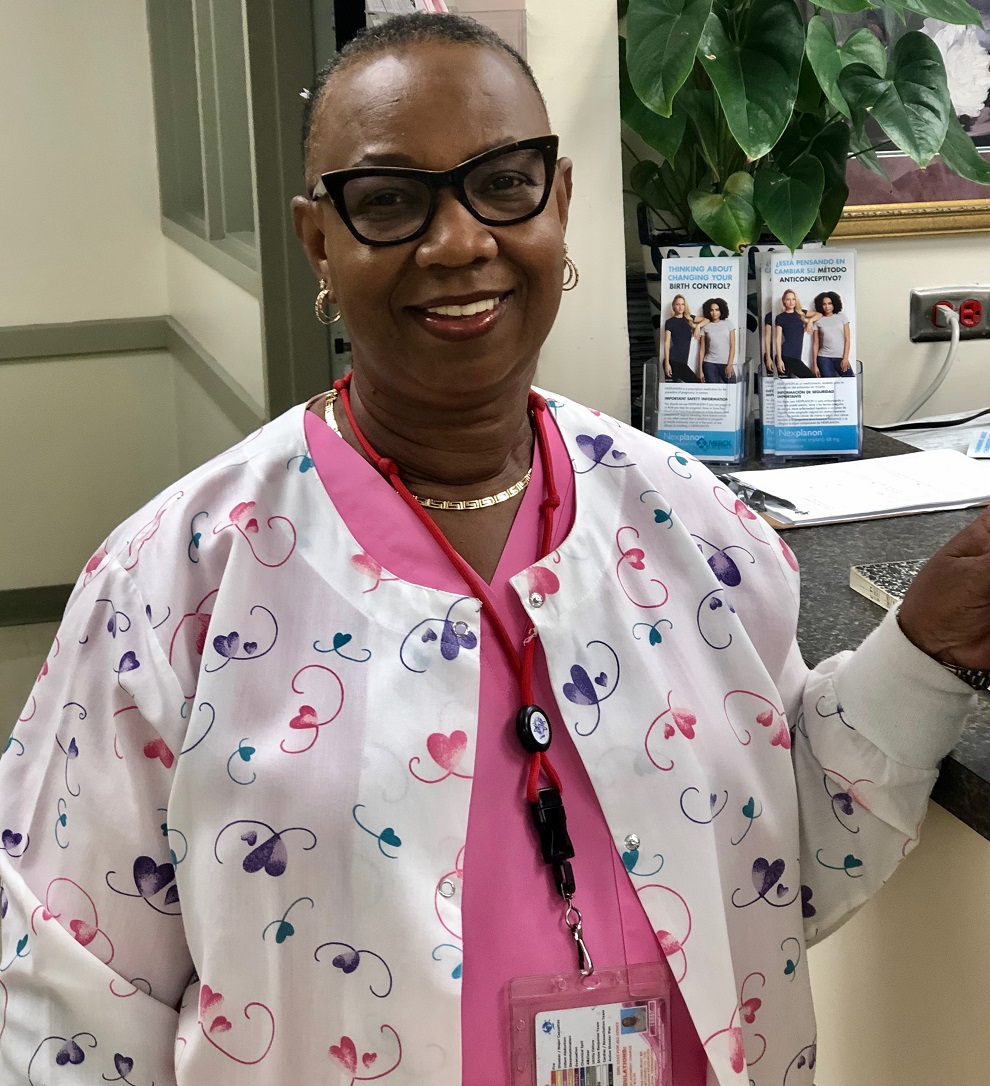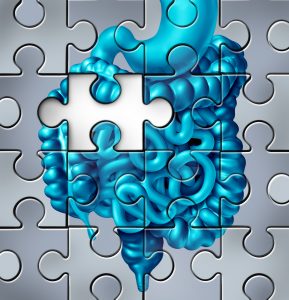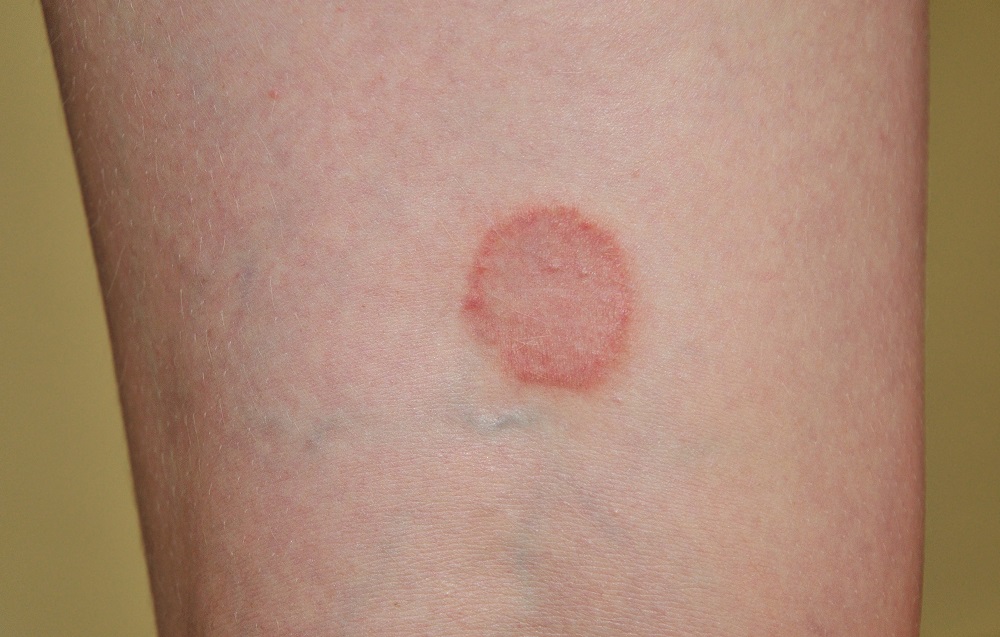Magnetic therapy is an alternative medical practice that places magnets on specific areas of the body to help alleviate pain. Many of the magnets are incorporated into rings, bracelets, shoes, clothing and therapeutic magnetic mattresses.
The theory behind magnet therapy is that magnets accelerate the metabolism. This acceleration helps oxygen and nutrients reach a specific location where there is an injury in an attempt to repair the damage.
There are various types of magnet therapy. Some of the more commonly used are:
Static magnetic field therapy: With this method, you touch a magnet to your skin by wearing a magnetized bracelet, bandage, shoe insole or mattress pad.
Electronically charged magnetic therapy: With this method, the magnets used are electrically charged with an electric pulse.
Magnetic therapy with acupuncture: With this method, a magnet is placed in the same section of your body that an acupuncturist would focus on during an acupuncture session in an attempt to clear your energy pathways or channels.
Magnet therapy has been utilized in treating pain associated with arthritis, wound healing, insomnia, headaches and fibromyalgia. While usually safe, there are some side effects to magnet therapy which may include nausea and dizziness.
If you have a pacemaker, an insulin pump or are pregnant it is not recommended that you seek magnet therapy. Additionally, if you are scheduled for an x-ray or MRI, it is recommended that you remove all magnets prior to testing.
Since there haven’t been many studies on magnetic field therapy, so there is no substantiated proof that it is effective in the treatment of pain.
As with any treatment, be sure to check with your doctor before you begin. If you are interested in pain management and would like to speak with a doctor at Flushing Hospital Medical Center’s Ambulatory Care Center, please call 718-670-5486 to schedule an appointment.
All content of this newsletter is intended for general information purposes only and is not intended or implied to be a substitute for professional medical advice, diagnosis or treatment. Please consult a medical professional before adopting any of the suggestions on this page. You must never disregard professional medical advice or delay seeking medical treatment based upon any content of this newsletter. PROMPTLY CONSULT YOUR PHYSICIAN OR CALL 911 IF YOU BELIEVE YOU HAVE A MEDICAL EMERGENCY.

